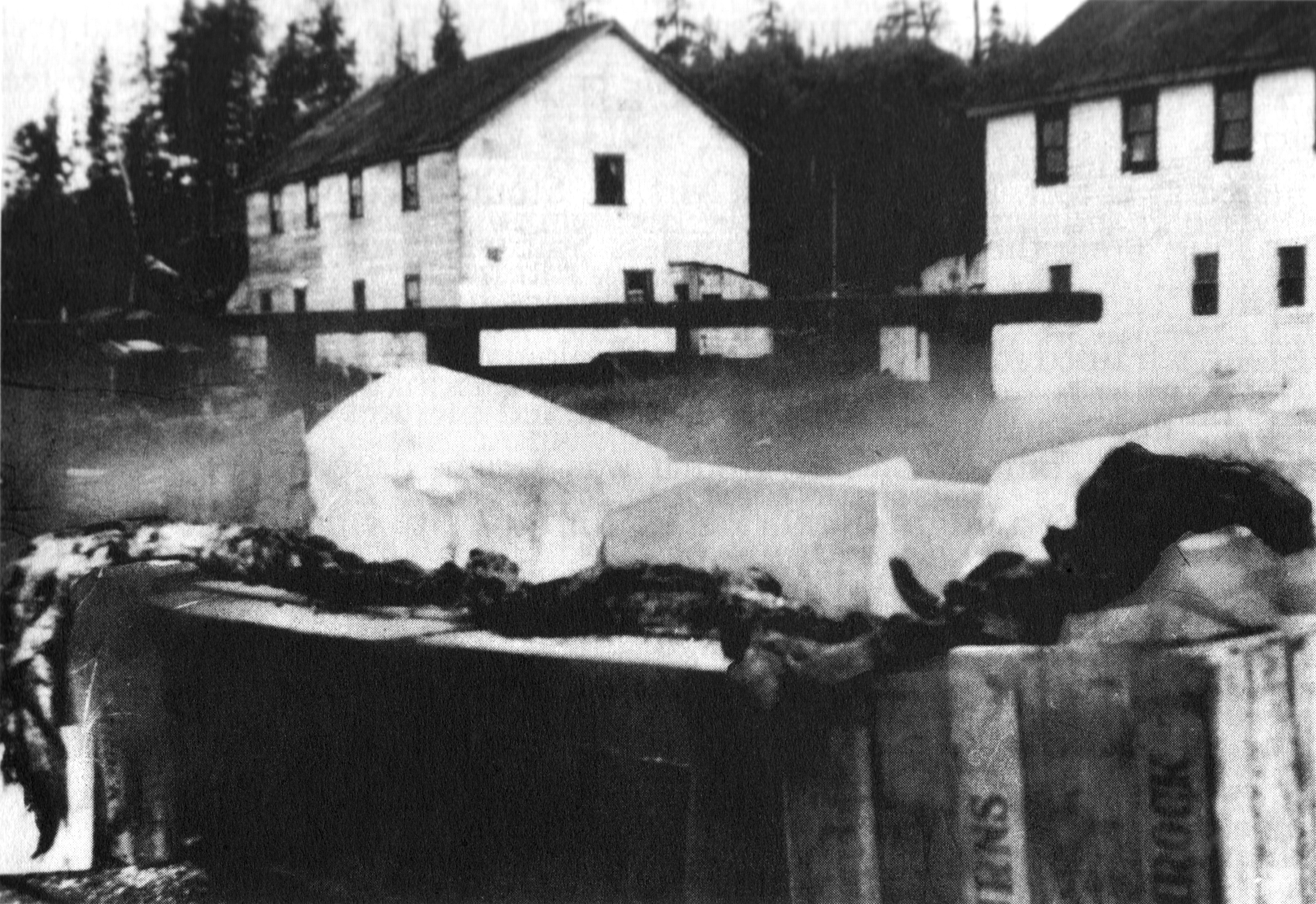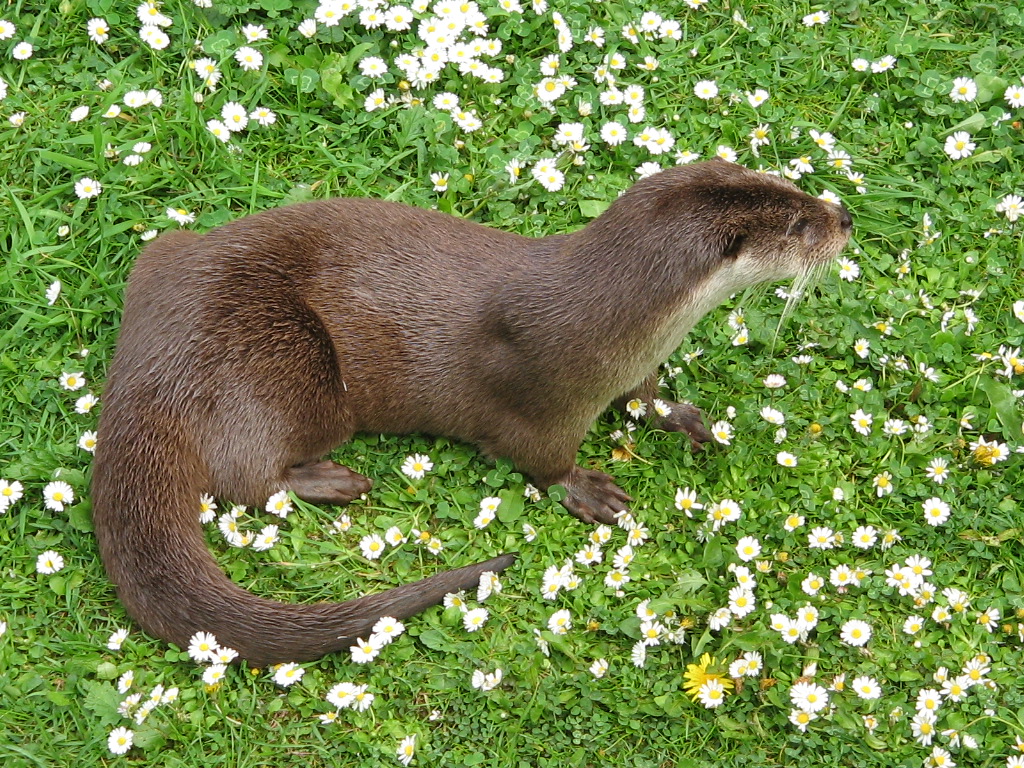|
Cryptids
Cryptids are animals or other beings whose present existence is disputed or unsubstantiated by science. Cryptozoology, the study of cryptids, is a pseudoscience claiming that such beings may exist somewhere in the wild; it has been widely critiqued by scientists.Mullis (2021: 185): "Eschewing the rigors of science, cryptozoologists publish for a popular audience rather than for experts resulting in the practice itself frequently being derided as a pseudoscience."Loxton & Prothero (2013: 332): "Whatever the romantic appeal of monster mysteries, cryptozoology as it exists today is unquestionably a pseudoscience." Loxton & Prothero (2013: 320): "Cryptozoology has a reputation of being part of a general pseudoscientific fringe—just one more facet of paranormal belief." (Both quotes from Donald Prothero)Church (2009: 251–252): "Cryptozoology has acquired a bad reputation as a pseudoscience [...] Until detailed, methodical research becomes standard practice among cryptozoologists ... [...More Info...] [...Related Items...] OR: [Wikipedia] [Google] [Baidu] |
Cryptozoology
Cryptozoology is a pseudoscience and subculture that searches for and studies unknown, legendary, or extinct animals whose present existence is disputed or unsubstantiated, particularly those popular in folklore, such as Bigfoot, the Loch Ness Monster, Yeti, the chupacabra, the Jersey Devil, or the Mokele-mbembe. Cryptozoologists refer to these entities as '' cryptids'', a term coined by the subculture. Because it does not follow the scientific method, cryptozoology is considered a pseudoscience by mainstream science: it is neither a branch of zoology nor of folklore studies. It was originally founded in the 1950s by zoologists Bernard Heuvelmans and Ivan T. Sanderson. Scholars have noted that the subculture rejected mainstream approaches from an early date, and that adherents often express hostility to mainstream science. Scholars studying cryptozoologists and their influence (including cryptozoology's association with Young Earth creationism) noted parallels in crypto ... [...More Info...] [...Related Items...] OR: [Wikipedia] [Google] [Baidu] |
Donald Prothero
Donald Ross Prothero (February 21, 1954) is an American geologist, paleontologist, and author who specializes in mammalian paleontology and magnetostratigraphy, a technique to date rock layers of the Cenozoic era and its use to date the climate changes which occurred 30–40 million years ago. He is the author or editor of more than 30 books and over 300 scientific papers, including at least 5 geology textbooks. Stephen Jay Gould cited Prothero's research on the lack of response to climate change in mammals from the Eocene, Oligocene and Pleistocene epochs to support the punctuated equilibrium model of evolution. He called Prothero "the best punctuated equilibrium researcher on the West Coast". Biography Prothero grew up in the Glendale, California area, the son of Clifford R. Prothero (1920–2004), a technical illustrator for Lockheed, and Shirley M. (McDonald) Prothero (1924–2016), an artist and homemaker. He attended the University of California, Riverside where he studie ... [...More Info...] [...Related Items...] OR: [Wikipedia] [Google] [Baidu] |
Animal
Animals are multicellular, eukaryotic organisms in the Biology, biological Kingdom (biology), kingdom Animalia (). With few exceptions, animals heterotroph, consume organic material, Cellular respiration#Aerobic respiration, breathe oxygen, have myocytes and are motility, able to move, can reproduce sexually, and grow from a hollow sphere of Cell (biology), cells, the blastula, during embryonic development. Animals form a clade, meaning that they arose from a single common ancestor. Over 1.5 million extant taxon, living animal species have been species description, described, of which around 1.05 million are insects, over 85,000 are molluscs, and around 65,000 are vertebrates. It has been estimated there are as many as 7.77 million animal species on Earth. Animal body lengths range from to . They have complex ecologies and biological interaction, interactions with each other and their environments, forming intricate food webs. The scientific study of animals is known as ... [...More Info...] [...Related Items...] OR: [Wikipedia] [Google] [Baidu] |
Lake Champlain
Lake Champlain ( ; , ) is a natural freshwater lake in North America. It mostly lies between the U.S. states of New York (state), New York and Vermont, but also extends north into the Canadian province of Quebec. The cities of Burlington, Vermont and Plattsburgh, New York are the largest settlements on the lake, and towards the south lies the historic Fort Ticonderoga in New York. The Quebec portion is in the Regional county municipality, regional county municipalities of Le Haut-Richelieu Regional County Municipality, Quebec, Le Haut-Richelieu and Brome-Missisquoi Regional County Municipality, Brome-Missisquoi. There are a number of islands in the lake; the largest include Grand Isle (island), Grand Isle, Isle La Motte and North Hero: all part of Grand Isle County, Vermont. Because of Lake Champlain's connections both to the St. Lawrence Seaway via the Richelieu River, and to the Hudson River via the Champlain Canal, Lake Champlain is sometimes referred to as "The Sixth Great ... [...More Info...] [...Related Items...] OR: [Wikipedia] [Google] [Baidu] |
1817 Gloucester Sea Serpent
Events January–March * January 1 – Sailing through the Sandwich Islands, Otto von Kotzebue discovers New Year Island. * January 19 – An army of 5,423 soldiers, led by General José de San Martín, starts crossing the Andes from Argentina, to liberate Chile and then Peru. * January 20 – Ram Mohan Roy and David Hare found Hindu College, Calcutta, offering instructions in English on Western subjects, including other European languages. * February 12 – Battle of Chacabuco: Argentine and Chilean soldiers of the United Provinces of the Río de la Plata defeat the Spanish royalist troops in what is now Chile, marking the turning point in the war against European rule of South America. * March 3 ** On his last day in office, U.S. President James Madison vetoes John C. Calhoun's Bonus Bill as unconstitutional after it has passed both houses of the U.S. Congress. ** The U.S. Congress passes a law to split the Mississippi Territory, after Missi ... [...More Info...] [...Related Items...] OR: [Wikipedia] [Google] [Baidu] |
Cape Ann
Cape Ann is a rocky peninsula in northeastern Massachusetts on the Atlantic Ocean. It is about northeast of Boston and marks the northern limit of Massachusetts Bay. Cape Ann includes the city of Gloucester and the towns of Essex, Manchester-by-the-Sea and Rockport. Etymology During the summer of 1606, French explorer Samuel de Champlain visited Cape Ann for the second time. He came ashore in Gloucester and drew a map of the Gloucester harbor, naming it as le Beau port. Eight years later, English Captain John Smith named the area around Gloucester ''Cape Tragabigzanda'', after a woman whom he met while in Turkey as a prisoner of war. He had been taken as a prisoner of war and enslaved in the Ottoman Empire before escaping. Smith presented his map to Charles I and suggested that Charles should feel free to change any of the "barbarous names" into English ones. The king made many such changes, but only four survive today. One was Cape Ann, which Charles named in hon ... [...More Info...] [...Related Items...] OR: [Wikipedia] [Google] [Baidu] |
Gloucester Sea Serpent
The Gloucester sea serpent is a legendary creature reportedly seen around and off the coast of Gloucester, Massachusetts and Cape Ann area in the United States. The heyday of sightings began in August 1817 and continued into 1818–1819. Described as a massive serpent-like creature with humps along its back, the Gloucester Sea Serpent has been the subject of numerous sightings and tales of encounters by fishermen and sailors. The earliest alleged sighting of such a creature off Cape Ann was recorded in 1638 by John Josselyn. Occasional sightings continue into the 21st century.Shattuck, Ben (10 August 2013)The monstrous serpent was real! ''Salon''Brown, Chandos MichaelA Natural History of the Gloucester Sea Serpent: Knowledge, Power, and the Culture of Science in Antebellum America in ''American Quarterly'', Vol. 42, No. 3 (September 1990), pp. 402–436Brown, Joel (16 December 2010)Fresh look at vintage mystery ''The Boston Globe''O'Neill, J.PThe Great New England Sea Serpent: An Ac ... [...More Info...] [...Related Items...] OR: [Wikipedia] [Google] [Baidu] |
Aquatic Animal
An aquatic animal is any animal, whether vertebrate or invertebrate, that lives in a body of water for all or most of its lifetime. Aquatic animals generally conduct gas exchange in water by extracting dissolved oxygen via specialised respiratory system, respiratory organ (biology), organs called gills, cutaneous respiration, through the skin or enteral respiration, across enteral mucosae, although some are evolution, evolved from terrestrial ancestors that re-adaptation, adapted to aquatic environments (e.g. marine reptiles and marine mammals), in which case they actually use lungs to breathing, breathe air and are essentially apnea, holding their breath when living in water. Some species of gastropod mollusc, such as the Elysia chlorotica, eastern emerald sea slug, are even capable of kleptoplastic photosynthesis via endosymbiosis with ingested yellow-green algae. Almost all aquatic animals reproduce in water, either oviparously or viviparously, and many species routinely fish ... [...More Info...] [...Related Items...] OR: [Wikipedia] [Google] [Baidu] |
Carnivorous
A carnivore , or meat-eater (Latin, ''caro'', genitive ''carnis'', meaning meat or "flesh" and ''vorare'' meaning "to devour"), is an animal or plant whose nutrition and energy requirements are met by consumption of animal tissues (mainly muscle, fat and other soft tissues) as food, whether through predation or scavenging. Nomenclature Mammal order The technical term for mammals in the order Carnivora is ''carnivoran'', and they are so-named because most member species in the group have a carnivorous diet, but the similarity of the name of the order and the name of the diet causes confusion. Many but not all carnivorans are meat eaters; a few, such as the large and small cats (Felidae) are ''obligate'' carnivores (see below). Other classes of carnivore are highly variable. The ursids (bears), for example: while the Arctic polar bear eats meat almost exclusively (more than 90% of its diet is meat), almost all other bear species are omnivorous, and one species, the gia ... [...More Info...] [...Related Items...] OR: [Wikipedia] [Google] [Baidu] |
Otter
Otters are carnivorous mammals in the subfamily Lutrinae. The 13 extant otter species are all semiaquatic, aquatic, or marine. Lutrinae is a branch of the Mustelidae family, which includes weasels, badgers, mink, and wolverines, among other animals. Otters' habitats include dens known as holts or couches, with their social structure described by terms such as dogs or boars for males, bitches or sows for females, and pups or cubs for offspring. Groups of otters can be referred to as a bevy, family, lodge, romp, or raft when in water, indicating their social and playful characteristics. Otters are known for their distinct feces, termed spraints, which can vary in smell from freshly mown hay to putrefied fish. Otters exhibit a varied life cycle with a gestation period of about 60–86 days, and offspring typically stay with their family for a year. They can live up to 16 years, with their diet mainly consisting of fish and sometimes frogs, birds, or shellfish, depending ... [...More Info...] [...Related Items...] OR: [Wikipedia] [Google] [Baidu] |
Irish Central News
Irish commonly refers to: * Someone or something of, from, or related to: ** Ireland, an island situated off the north-western coast of continental Europe ***Éire, Irish language name for the island and the sovereign state *** Erse (other), Scots language name for the Irish language or Irish people ** Republic of Ireland, a sovereign state ** Northern Ireland, a constituent unit of the United Kingdom of Great Britain and Northern Ireland * Irish language, a Celtic Goidelic language of the Indo-European language family spoken in Ireland * Irish English, set of dialects of the English language native to Ireland * Irish people, people of Irish ethnicity Irish may also refer to: Places * Irish Creek (Kansas), a stream in Kansas * Irish Creek (South Dakota), a stream in South Dakota * Irish Lake, Watonwan County, Minnesota * Irish Sea, the body of water which separates the islands of Ireland and Great Britain People * Irish (surname), a list of people * William Irish, pse ... [...More Info...] [...Related Items...] OR: [Wikipedia] [Google] [Baidu] |








